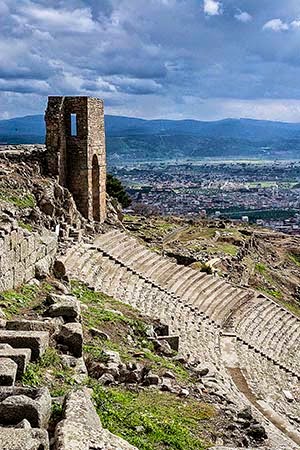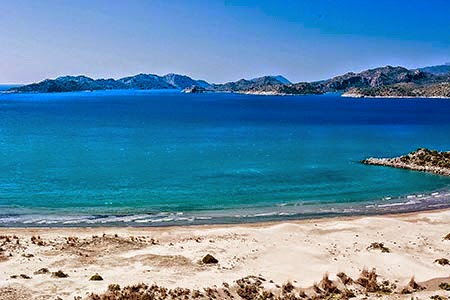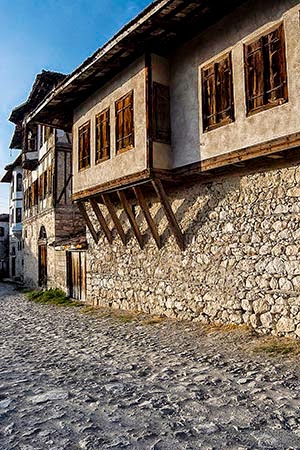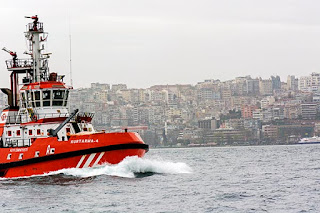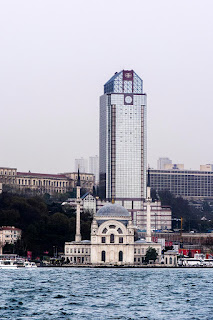Tulips are not from
Holland
Tulips
are NOT from Holland. The Turks are not from Turkey. The tulip was a wild
flower that originated in the Central Asia.
Tulips were first cultivated by the Turks as early as the year 1000. The Turks were horse-riding warriors who also
came from Central Asia. They migrated west taking over Asia Minor
as they gradually defeated the Byzantine Empire starting with their victory in
eastern Turkey in 1071 and culminating in their conquest of Constantinople in
1453.
Our
word tulip supposedly comes from the Turkish/Farsi word for turban, which had a
tulip-like shape. Tulips are called lale in Turkish. When written in Arabic letters,
"lale" has the same letters as Allah, which is why the flower
became a holy symbol. It was also
associated with the House of Osman, better known to us as the Ottomans. During the Ottoman Empire, the tulip was seen
as a symbol of abundance and indulgence.
It
should not be a surprise that tulips are widely used as decorative motifs on
tiles and textiles. We bought some tulip tiles as gifts. So if you think all
those tulip-dominated arts and crafts are done just for the tourists, think again.
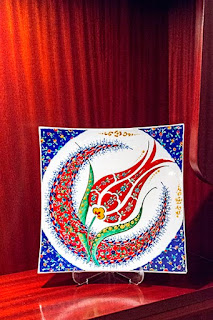 |
| Tulips are for Tiles |
Tulip Exports
The
first tulip export was made by Sultan Suleiman the Magnificent. He gave some bulbs to the Flemish ambassador
to Anatolia, Ogier Ghiselin de Busbecq in 1554.
Some of these were passed to Flemish botanist Carolus Clusius. In 1593 Clusius became a professor at the
University of Leiden, where he created one of the earliest formal botanical
gardens in Europe. Clusius laid the
foundations of Dutch tulip growing industry today. You never heard of Leiden U.? Albert Einstein was a professor there.
 |
| Tulips are for Gardens |
In
1634, a speculative frenzy now known as the tulip mania began in Holland. Clearly, tulips were only for the rich. Some tulip bulbs became so expensive that
they could cost more than an Amsterdam house!
 |
| Tulips are for Tiles |
Around this time, the tulipiere and other tulip-themed ceramics became common. Bouquets of tulips often appeared in Dutch still-life painting.
The
gift of a red or yellow tulip was a declaration of love, the flower's black
centre representing a heart burned by passion.
Tulip Mania Act II
The
tulip played an interesting role in the Turkish history. Tulips became an important element in the arts
and could be found in clothing and carpets, paintings and pottery. The period between 1718 and 1730 is called as
the "Tulip Era", when the Ottoman Empire was at its peak of wealth
and peace.
 |
| Fountain of Ahmed III |
The Fountain of Ahmed III, the sultan of that era, is a classic example of Tulip period architecture. It is a fusion of classical Islamic elements with European baroque.
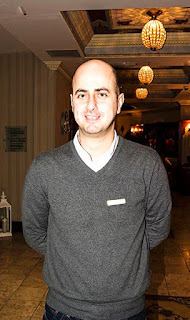 |
| Okay, Sirkeci Mansion |
Sirkeci Mansion
If the weather is dismal, the welcome at Sirkeci Mansion is always warm. On our second stay, we had many discussions with Okay, the manager, and his staff. We got to know most of the staff at the hotel. Plus we reconnected with the Ceyda and Damla, who work as "tourist facilitators" – provide an orientation, answer your questions, give directions, etc.
 |
| Dome of Verbosity |
Afternoon tea is served in the incredible "living room" under the stained glass dome. The room was beautifully decorated with Turkish crafts – including the tiles shown above.
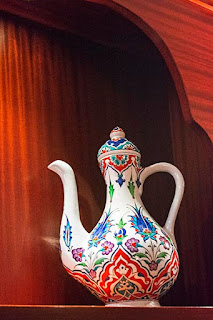 |
| Tea Anyone? |
Did you know that one fifth of the population of Turkey are Kurdish? This is no tiny ethnic group. By the way, the Kurds speak an Indo-European language. They are culturally and linguistically related to the Iranians, who along with the Europeans are descendants of the Aryans.
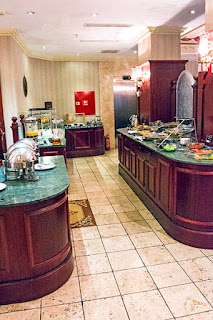 |
| Sirkeci Mansion Breakfast |
The coffee at breakfast is delicious. But this stay we went into the kitchen for a lesson on how to make Turkish coffee – and it was delicious. Needless to say, we went near the Spice Market to buy some Kurukahveci Mehmet Efendi kahve beans to take home.
 |
| Tulip Festivals |
Tulip Mania or Tulip
Festival
Most people associate tulips with the Netherlands. There are even tulip festivals throughout the
west. The Canadian Tulip Festival in
Ottawa was started with bulbs provided each year by Netherlands in thanks for
Canada liberating the Dutch from the Nazis. The Dutch Queen Juliana and her children lived safely in the capital, Ottawa, during World War II. The Dutch
princess Margriet was born in the Ottawa Civic Hospital in 1943. Later, she studied at Leiden University –
how things come full circle – and in 2002 came back to see the Canadian Tulip Festival.
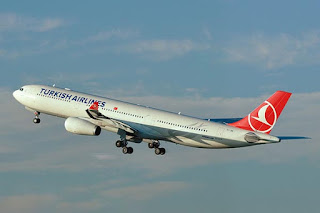 |
| Tulip Tails |
Last Post: Bosphorus Odyssey
Next Post: Birth of Venice
